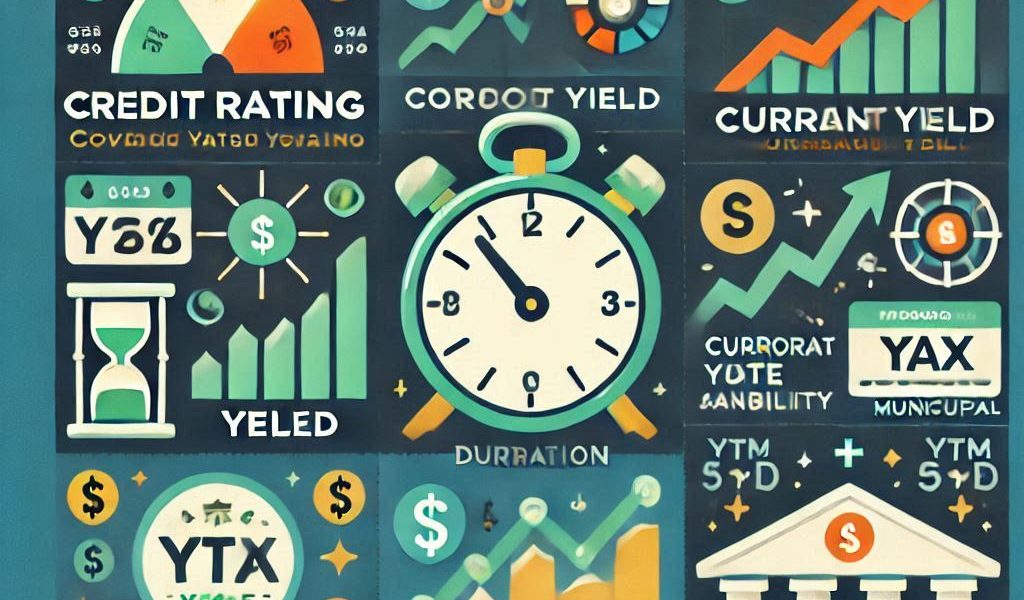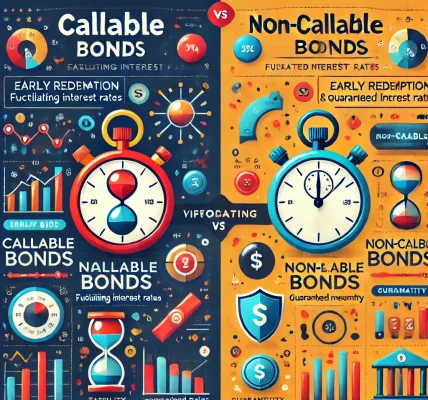When it comes to investing, bonds are often seen as a safe and stable option compared to stocks. They provide a predictable stream of income and are less volatile, making them a popular choice for conservative investors. However, not all bonds are created equal, and spotting a good investment opportunity in bonds requires careful analysis and understanding of key factors.
In this blog, we’ll guide you through the steps of identifying a solid bond investment opportunity, providing you with the knowledge to make informed decisions and maximize your returns.
What Are Bonds?
Before we dive into how to identify a good investment opportunity, let’s briefly revisit what bonds are. A bond is essentially a debt security issued by a government, corporation, or other entity to raise capital. When you invest in a bond, you’re lending money to the issuer in exchange for regular interest payments (known as the coupon) and the return of your principal at maturity.
The primary factors that make bonds appealing to investors include:
- Steady income: Bonds typically pay fixed interest, providing predictable cash flow.
- Safety: Bonds are generally considered safer than stocks, especially government bonds.
- Capital preservation: Bonds return the principal at maturity, which can help preserve capital.
Now, let’s explore the key factors that help you identify a good investment opportunity in bonds.
1. Assess the Credit Rating of the Issuer
The credit rating of the issuer plays a crucial role in determining the risk level of a bond. The higher the credit rating, the lower the risk that the issuer will default on its debt. Bonds are rated by agencies such as Moody’s, Standard & Poor’s, and Fitch, and their ratings range from investment-grade (low risk) to junk (high risk).
- Investment-grade bonds: These bonds have a higher credit rating (e.g., AA, AAA, A) and are issued by financially stable companies or governments. They are generally considered safer investments.
- High-yield (junk) bonds: These bonds have lower credit ratings (e.g., BB, B, CCC) and carry a higher risk of default. They offer higher yields to compensate for the increased risk.
When considering a bond investment, check the credit rating of the issuer to ensure that you’re comfortable with the associated risk. If you’re risk-averse, investment-grade bonds might be more suitable for you.
2. Understand the Bond’s Yield
The yield of a bond is the return you’ll earn on your investment, typically expressed as an annual percentage. Yield is an important factor in evaluating the attractiveness of a bond. However, you must understand the different types of yield to make an informed decision:
- Coupon yield: This is the fixed interest rate paid by the bond. It’s calculated as the bond’s annual interest payment divided by its face value.
- Current yield: This is the annual interest payment divided by the bond’s current market price. It’s useful for assessing how much income you’ll earn based on the current price of the bond.
- Yield to maturity (YTM): This is the total return you’ll earn if the bond is held until maturity, including both the coupon payments and any capital gains or losses.
A good bond investment opportunity should offer a yield that aligns with your investment goals. Be cautious of bonds with exceptionally high yields, as they may indicate higher risk.
3. Consider the Bond’s Duration and Interest Rate Sensitivity
The duration of a bond measures its sensitivity to interest rate changes. The longer the duration, the more the bond’s price will fluctuate with changes in interest rates. Understanding this is crucial, especially in a rising interest rate environment.
- Short-term bonds: These bonds typically have a duration of 1-5 years and are less sensitive to interest rate changes. They are ideal for conservative investors looking for stability and liquidity.
- Long-term bonds: These bonds have durations of 10 years or more and are more sensitive to interest rate fluctuations. They often offer higher yields, but their prices can be volatile when interest rates rise.
If you anticipate rising interest rates, short-term bonds may be a better choice to minimize the impact of price declines. If rates are expected to remain low or fall, long-term bonds may offer more attractive returns.
4. Evaluate the Bond’s Issuer and Industry Trends
A good investment opportunity in bonds also depends on the issuer’s financial health and the industry in which they operate. For example, bonds issued by a government entity are generally considered safer than those from a private company. Similarly, bonds issued by companies in growing industries are often more reliable than those from companies in declining sectors.
Here’s what to consider:
- Government vs. corporate bonds: Government bonds (e.g., U.S. Treasuries) are typically safer, while corporate bonds can offer higher yields but carry more risk.
- Industry stability: Assess the issuer’s industry. For instance, bonds from tech companies may carry more risk due to market volatility, while bonds from utility companies or healthcare may be more stable.
Research the financial stability of the issuer and keep an eye on industry trends that might affect their ability to pay back their debt.
5. Look for Bonds with Tax Advantages
Some bonds offer tax benefits, which can increase their overall return for certain investors. For example, municipal bonds issued by local governments often provide tax-free interest income at the federal and state level. These tax benefits can make municipal bonds a great choice for high-net-worth individuals looking to reduce their taxable income.
- Tax-free municipal bonds: These bonds are particularly attractive to investors in higher tax brackets.
- Taxable bonds: Corporate bonds and most government bonds are subject to taxation, but they typically offer higher yields.
If you’re in a high tax bracket, municipal bonds could provide a better return on investment after taxes compared to taxable bonds.
6. Diversify Your Bond Portfolio
Even within the bond market, diversification is key to minimizing risk. A diverse bond portfolio can help you hedge against interest rate changes, economic fluctuations, and credit risks.
Consider diversifying your bond investments by including:
- A mix of bond types: Invest in a combination of government, municipal, and corporate bonds.
- Different durations: Hold bonds with varying maturities to balance interest rate risks.
- Bonds from different sectors: Spread your investments across industries to reduce the risk of sector-specific downturns.
Conclusion
Spotting a good investment opportunity in bonds involves assessing several key factors: the credit rating of the issuer, the bond’s yield, duration, interest rate sensitivity, the issuer’s industry stability, and potential tax advantages. By understanding these elements, you can make more informed decisions and select bonds that align with your financial goals.




